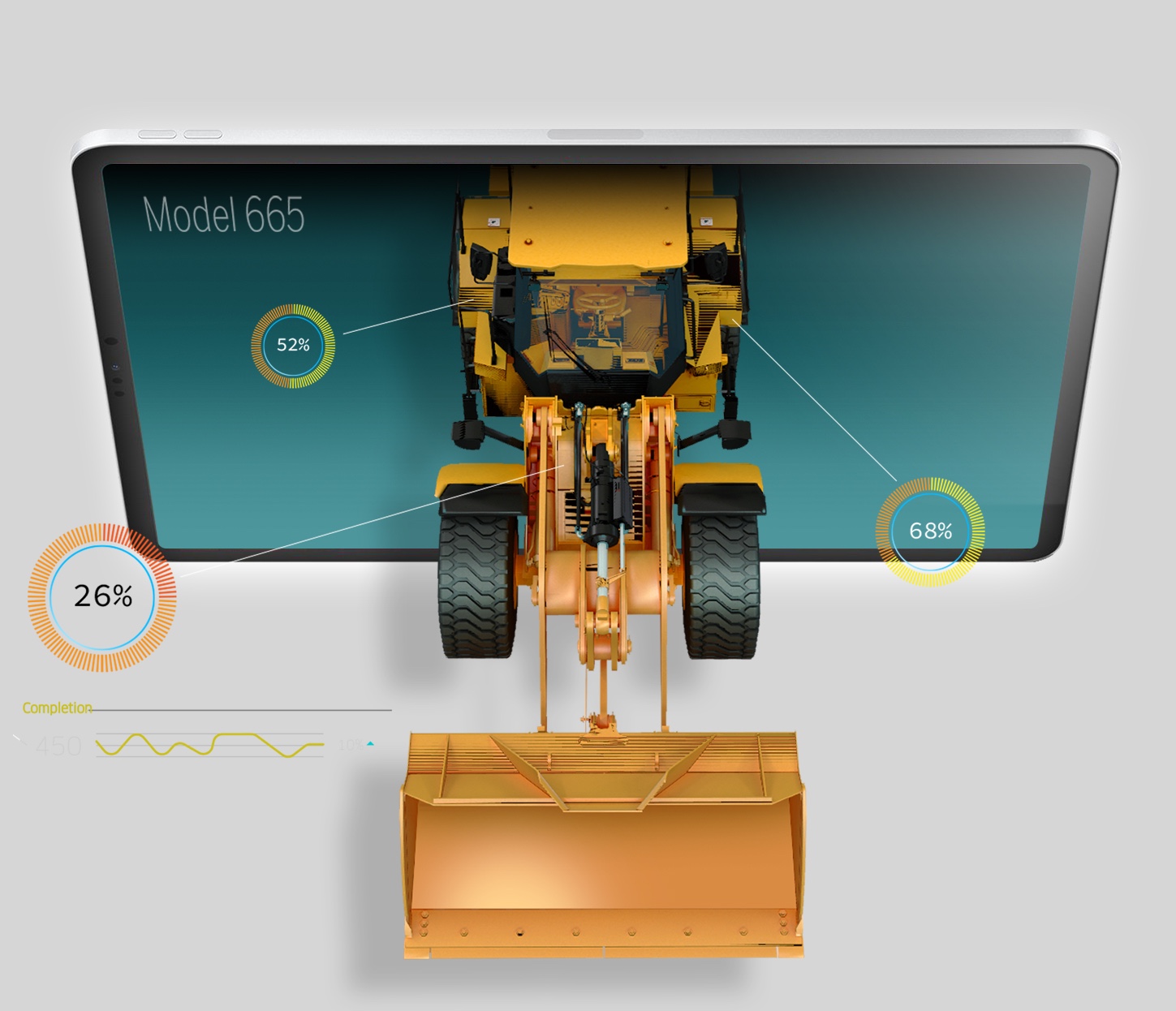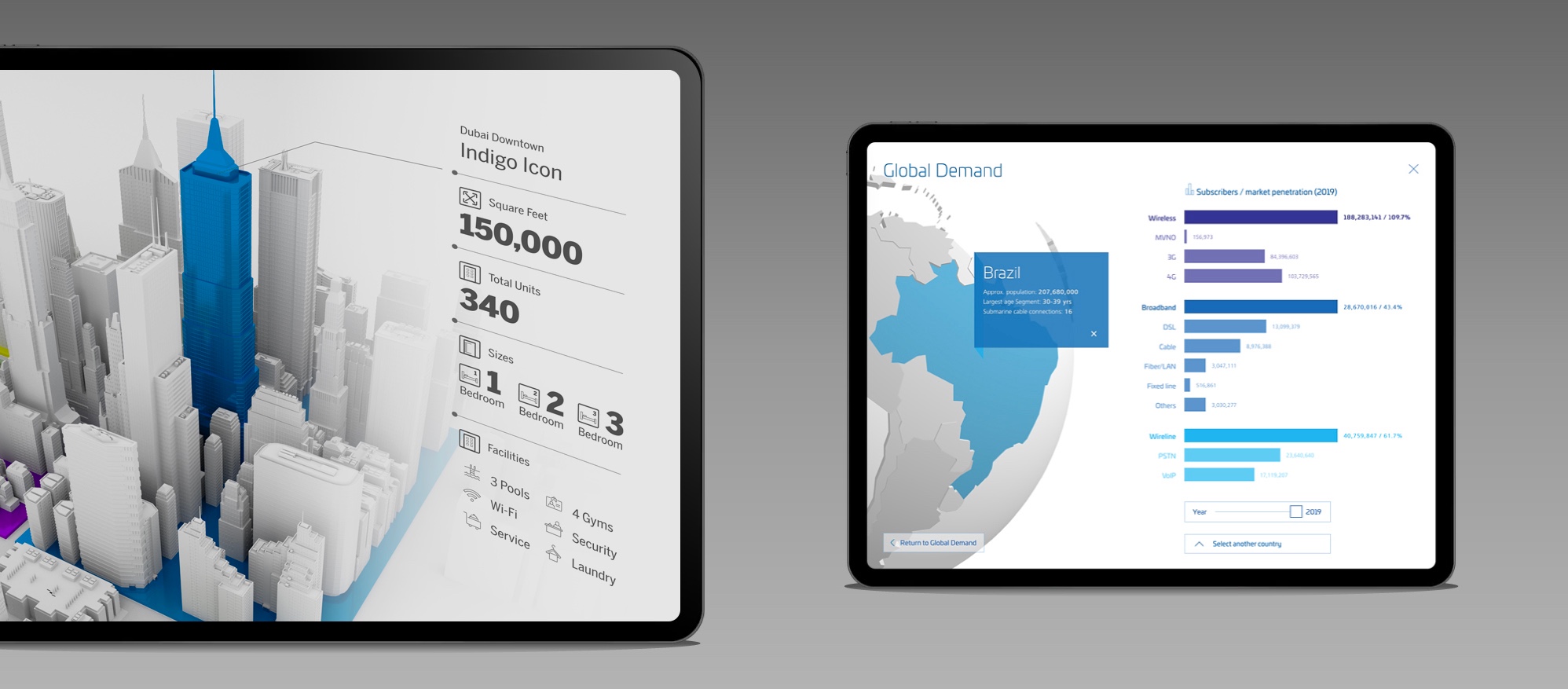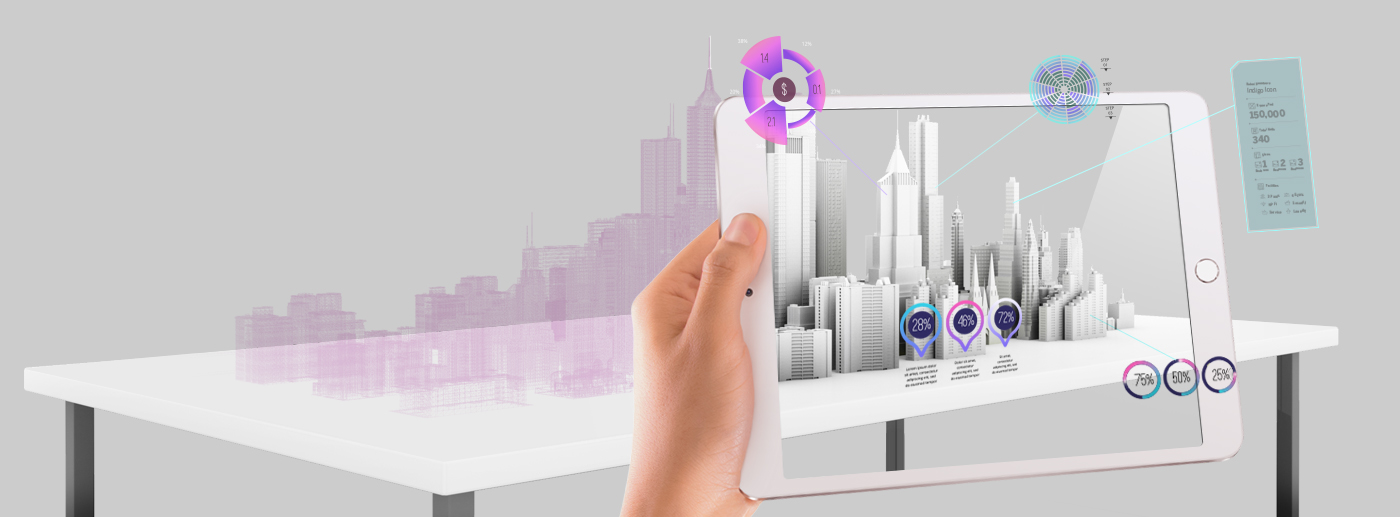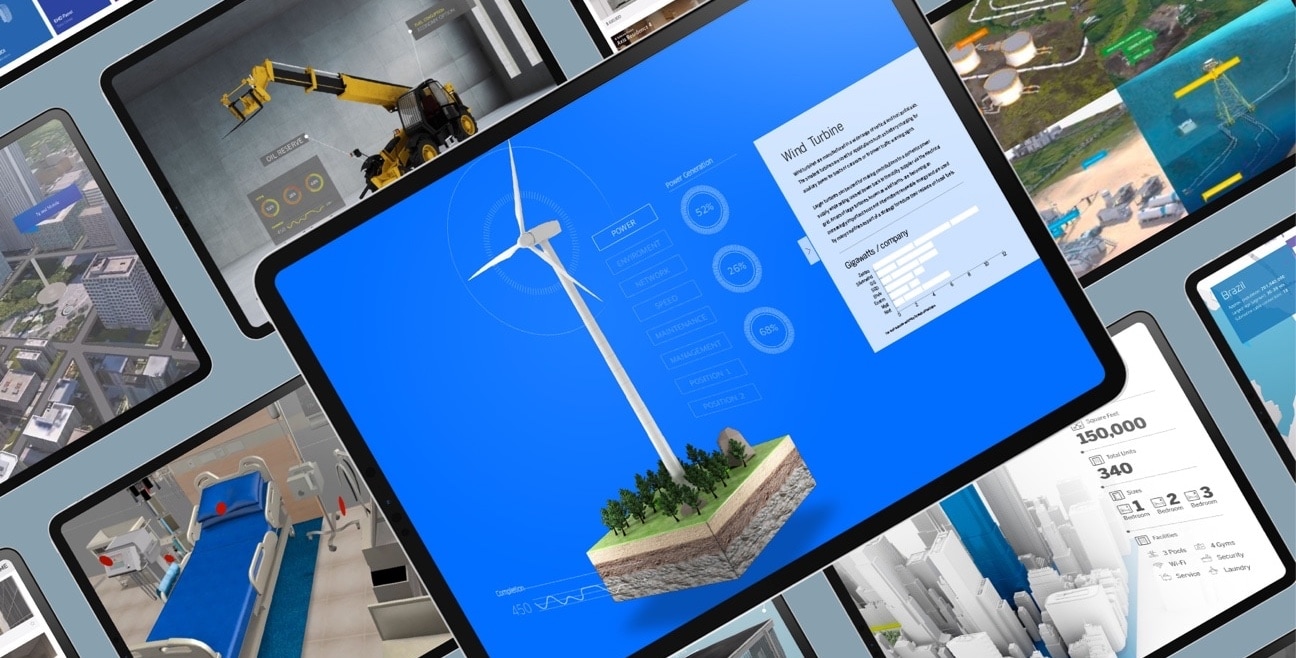Six months into the COVID-19 pandemic, remote working and web conferencing have become the default mode of business communications. But in the absence of visual cues like body language and facial expressions, remote calls tend to be time consuming and energy-intensive for presenters and viewers. Just like the term “new normal”, our pandemic lexicon also includes “zoom fatigue” and “remote presentation fatigue”. This environment is especially damaging for sales interactions, which heavily depend on presentations over a shared screen. Beyond the pandemic, the effects of remote presentation fatigue are likely to remain with audiences, who have now seen an over saturation of slideshows.
As a result, organizations need to explore a new and more dynamic mode for sales interactions that goes above and beyond predictable presentations. This article explores how organizations can use 3D as a solution to overcome today’s presentation challenges while preparing for tomorrow’s changes. More specifically, we’ll consider how organizations can leverage lightweight 3D, which we define as 3D content that is optimized, easy to showcase and contains only the elements and details that are relevant to marketing communications.
1. The Challenges of Remote Presentations
Data shows that audiences need to spend more energy to focus on remote calls compared to in-person interactions. On top of this fact, the linear medium of a PowerPoint makes audiences feel trapped, obligating them to engage with flat and uninspiring visuals. Presenters can do little to change this experience for audiences, who tend to be less interactive in the interest of time and saving energy for themselves and everyone on the call. Naturally, this results in passive and one-way communications, leaving audiences unimpressed and unlikely to retain the benefits of a product or solution.
3D as a solution:
From a purely visual standpoint, 3D content adds a layer of sophistication and welcome distinction from typical presentation formats. Lightweight 3D content, in particular, is optimized to be highly responsive and informative. Unlike videos or slide transitions, 3D content is interactive and meaningful, enabling presenters to zoom, rotate and animate a model to highlight benefits with overlaid text and callouts.
3D interactivity also enables a personalized and more exciting presentation resulting in deeper audience connections. Without the linear restrictions of a flat presentation, sales teams can use 3D content to gauge what features pique audience interest and adapt the pitch accordingly. At the same time, audiences feel heard as their input guides the sales narrative. Ultimately, 3D content is also more effective at communicating the core benefits of an offering, saving time and effort for both sales teams and audiences.

2. The Challenges of Physical Models
In today’s COVID-19 environment, hands-on interaction with physical models is certainly not feasible. But when we are clear of the pandemic and in-person presentations and trade shows resume in full swing, the matter of using physical models will return along with its challenges. Though using a physical product or solution is a common sales tool, the logistics, cost and lack of recognizable returns should be major deterrents. When physical models move across borders, they may also require permits, special shipment and transport. In the end, physical models can represent a very compartmentalized view of a company’s offerings. Using them to represent an entire portfolio is unrealistic, expensive and ineffective.
3D as a solution:
Lightweight 3D content is adaptable to any screen. It allows real-time interaction with every detail, providing information on key highlights and conveying benefits instantly. Using 3D content to replace physical models will eliminate time and money spent by any organization, from planning and production to coordination and transportation.
3D models can also represent an entire portfolio of products, solutions or projects in one centralized, cloud-based location. This equips sales teams across geographies with the capabilities to present an entire portfolio at the touch of a button, conveying the full scope of a company’s capabilities. We’ll also see that 3D models can offer far more detail than physical models, which are mainly limited to external viewing. A 3D model can also be photo-real — depicting the true-to-life form of a product — or translucent — showing the internal components and workings of a solution.

3. The Challenges of Data Visualizations
A visual presentation is just not enough. A 3D schematic diagram on a 2D slide offers little understanding to general audiences, setting sales teams up to default on basic conversations on features, pricing or technical information. This type of representation also fails to convey scale, internal workings or application, which can leave audiences with more questions than answers. For large data sets, a similar issue presents itself. Static data tables or piecharts fail to communicate the impact of cause and effect, particularly when there are many variables. Basic visuals like these also demand more time and effort from the audience, who are prompted to study the data and validate presented conclusions.
3D as a solution:
3D data visualizations offer visual and spatial context, accurately representing size, scale and application. By combining real world geometries with key data and information, the benefits of a product, solution or project become apparent. In this way, audiences are able to visualize an offering for their own needs and comprehend comparisons and insights.
3D is able to provide at-a-glance insights from large arrays of data, while interactive features communicate the measurable benefits of a solution. Audiences can also input or manipulate the variables that matter most to them to output dynamic and insightful visualizations. As a whole, 3D visualizations empower audiences to fully understand the features, benefits and impact of an offering in a singular and dynamic experience.

4. The Challenges of Sameness
Today, presentations are oversaturated with stock imagery, static text and basic graphs. In this all too familiar medium, prospects are likely to equate one company for another, or more unfavorably, consider one to be worse than the other. A company needs to be perceived as definitively better, which can only be achieved through distinction and a distinguishable edge over competitors. The regular format of passive presentations does little to create this impression with audiences.
3D as a solution:
Lightweight 3D models are fundamentally more dynamic, creating an attractive visual experience, bringing prospects closer to a product or solution and compelling them to engage. The 3D format also offers a distinctive and interactive experience, with presenters being able to highlight offerings and specific features that interest prospects. True-to-life renditions in 3D also reveal physical differences of an offering in detail, allowing clear distinction from the competition. When in-person meetings resume as usual, prospects will also be empowered to explore solutions at their own pace – pinching, zooming and viewing a product or solution from every angle.

Conclusion:
3D content requires a high initial investment. However, as we have seen, it resolves the prevalent issues that arise from sales presentations, whether remote or in-person. In addition to resolving the challenges of remote engagement, needing physical models, communicating complex solutions and differentiation, 3D content will provide a much higher return on investment. This type of content is easily transferrable and shareable, whether on tablets with sales teams, interactive content on a website, touchscreen kiosks at exhibitions, or on the personal devices of executives.
Whether for today’s remote pitches or tomorrow’s in-person meetings, we’ve seen that 3D content can help resolve the issues of presentation fatigue, impracticalities of physical models, difficulties in communicating complex ideas and being perceived as replaceable with competitors. For any organization, lightweight 3D can be leveraged to:
- Make presentations inspiring for audiences
Lightweight 3D enables non-linear, dynamic and inspiring interactions for audiences. - Get the benefits of a physical model, without the complications
Lightweight 3D is easily transferrable, shareable and scalable, whether on tablets with sales teams, as interactive content on a website, on touchscreen kiosks at exhibitions, or video walls and screens in experience centers. - Communicate benefits quickly and effectively
Lightweight 3D combines data with the visual and spatial qualities, conveying value at a glance. - Create distinction from the competition
Lightweight 3D showcases how a presented offering differs from competitors, from a visual perspective and in terms of value.
Therefore, companies that leverage lightweight 3D will reap the benefits of interactive, reusable, efficient and distinctive content, equipped for the next normal in marketing.
At MBLM, we’ve partnered with companies across industries to solve presentation challenges with 3D content solutions and more. Contact us to explore how we can help you transform sales presentations to deliver more impact and gain more results. Look at our case studies from TechnipFMC and more to see dynamic and interactive content solutions in action.
